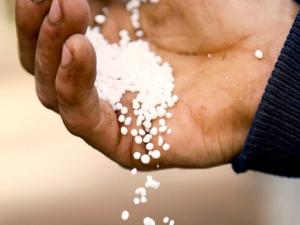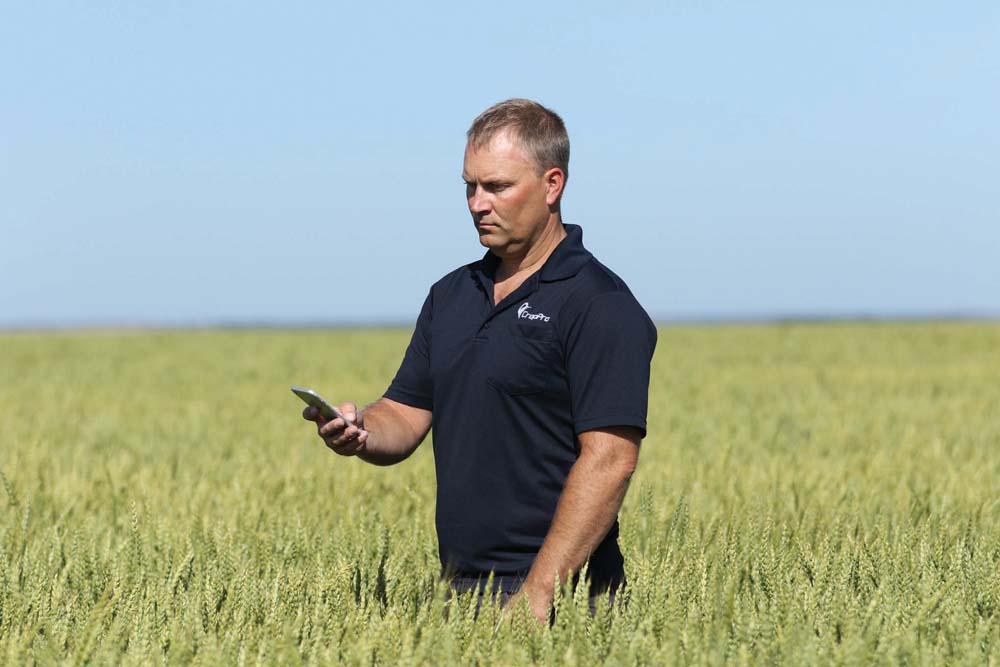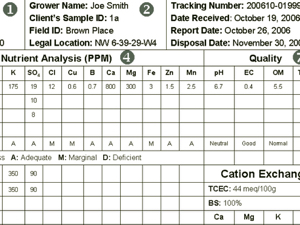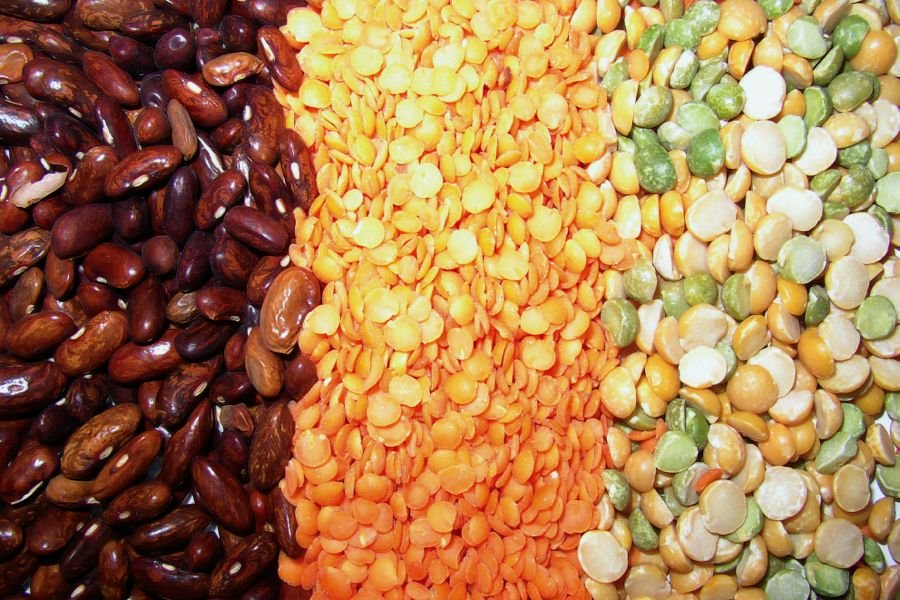Weather, prices and disease can cause enough problems. Don’t create your own

There are many ways to increase your chances of crop loss. Here are nine.
1. Don't soil test

Routinely adding tonnes of livestock manure over the years could put your phosphate and potash levels sky high and yet your nitrogen levels may be low to highly deficient. I know of growers who routinely add a 100-pound blend of 34:10:10 to their manured cropland and expect high yields of barley. Of course, the cereal crops can become disasters on unbalanced fertility when all they needed was 100 to 120 pounds of nitrogen and perhaps copper due to its tie-up in the livestock manure. Soil test your cropland at least every few years.
2. Just add nitrogen

If you’re growing canola, don’t add just nitrogen without soil testing and expect a miracle yield of 60 bushels or more. Did you know that a 60-bushel crop of canola needs about 40 pounds of available sulphur? Soil testing may reveal a lack of available sulphur, which could give you 15 bushels of canola instead of the 50 or 60 you hoped for. Soil test for a canola crop with particular attention to sulphur levels.
3. Don't fertilize for expected yield

The bigger the yield you expect, the higher your fertilizer needs. Within reason, upping your fertility levels lowers your cost of production per bushel. Remember, you get out of your cropland what you put in, following expert advice and never without a soil test. Knowing your expected soil moisture levels and rainfall, plan your expected crop yield.
4. Don't bother with micros

If you want to double, triple or even quadruple your crop yields, you need to raise the levels of zinc for your corn and copper for your wheat and barley. If these micronutrients are missing or deficient you’ve got a crop disaster if you’re expecting major crop yields. High-yielding crops may need significant additions of copper, zinc, manganese, boron or molybdenum. Balance your fertility.
5. Don't read labels

Chemical labels will tell you what follow-up crops you can plant. Did it say winter wheat? No, it did not. Did the label advise you to do a soil bioassay? Yes, it did. Soil-persistent herbicides, and there are many of them, break down in soil over time only when soils are warm and wet. Herbicide breakdown is slow to non-existent in dry or cold soils and may be pH dependant. Under very dry soil conditions, where subsoil moisture is lacking and surface moisture is only three to six inches deep, herbicide injury can be dramatic and crop loss considerable. Did the herbicide label say to avoid low or high pH soils? No, it did not, but pH has a strong influence on persistence of many herbicides. Did the label say use once every four years? It might have. Your rotation is canola, snow, wheat, snow, i.e. a two-year rotation. Using a soil-persistent herbicide or a related herbicide every two years is called stacking, which can lead to disastrous crop failures especially in dry crop seasons. Read herbicide labels. See what follow-up crops are recommended.
6. Seed durum on corn stubble

Grain corn stover can carry very high levels of fusarium, the fungus that causes head blight in small grain cereals. Durum wheat is highly susceptible to fusarium. In some years, durum yields can be reduced by up to 50 per cent with the empty grain heads blowing out of the back of the combine. If you only had six per cent FDK (fusarium damaged kernels) the toxin levels would be way too high for food and all you would have is cheap cattle feed for your 60-bushel crop. Do not plant small grain cereals on or close to grain corn fields.
7. Don't test your seed

If, for example, you put your peas in late last year (May 20th), you may have found they were slow to mature. Maybe there was no Reglone (Diquat) to be had so you put on glyphosate to speed up dry-down and give some thistle control. You got 60 bushels of peas to the acre. Your peas were so good, in fact, that you saved your own seed and put in a couple of quarters this year. This year, your yield was barely 40 bushels despite a good growing season. What happened? Get a germination test on your seed. In this case, if you’d had a test done, you would have seen that 30 to 40 per cent of the pea seedlings showed significant glyphosate injury. If you use glyphosate on any seed crop be sure to do your own tests or get a laboratory germination test done.
8. Rely on nitrogen fixing

Maybe last year you seeded canola, expecting a 60-bushel crop based on your inputs. But because of drought, you got only 25 bushels. So this year you decide to go with peas, inoculant and no additional fertilizer. However, a soil test might tell you there’s over 100 pounds of available nitrogen in the soil. With too much available nitrogen, your peas might grow rapidly and mature early, but only produce a 30-bushel crop, using up all of the nitrogen. During early flowering, there will be few nitrogen-fixing root nodules in your pea crop, and as a consequence when the available nitrogen was used up, they will have no ability to fix more nitrogen. When soil-available nitrogen levels are low (less than 10 pounds available) peas will fix their own nitrogen. Remember, peas or other legumes will not fix nitrogen in high-nitrogen soils.
9. Don't soil test after alfalfa

Don’t assume plowing down alfalfa will provide all the nutrients needed for next year’s barley crop. Alfalfa hay is a heavy user of N, P, K and S and it doesn't store much nitrogen in the roots. When the crop is ploughed under, the alfalfa and grass residue will tie up available nutrients. Nutrient release will not really take place until the following year. Until then, the soils could well be depleted of N, P, K and S, let alone any micronutrients. When you plow down alfalfa be sure to soil test and add the necessary fertilizers for your planned crop.











